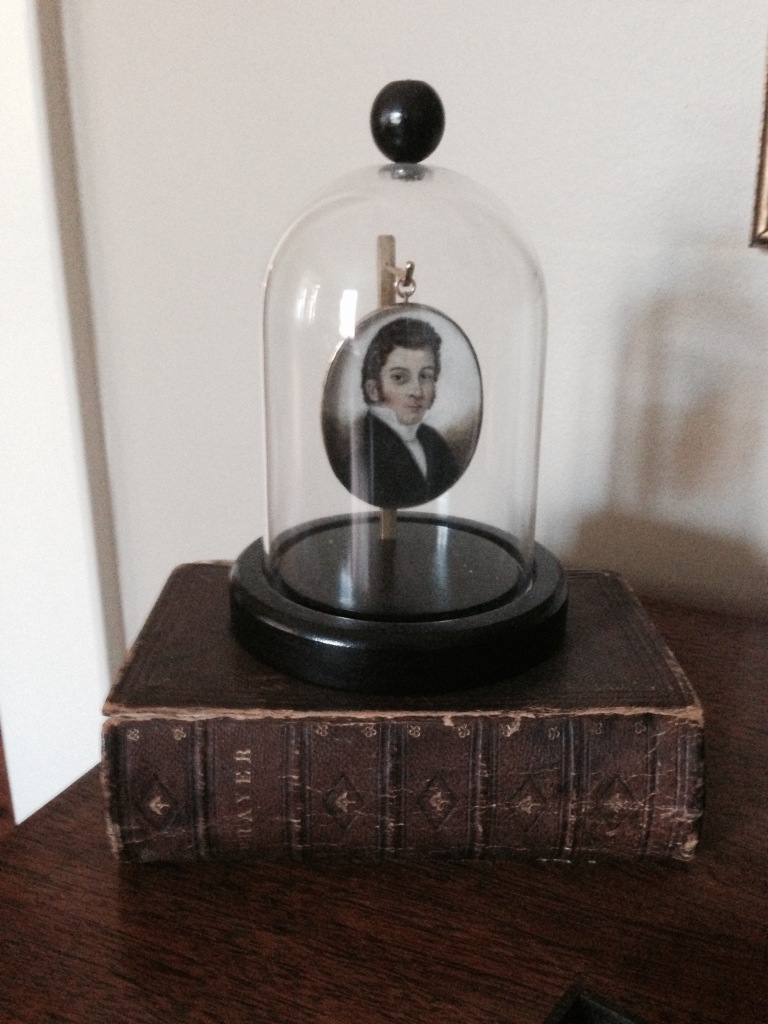Last week, I walked out of my families ranch house at the late hour of a summer sunset. The night was clear, the air was finally relieved of the record rainfall Texas experienced in May, the stars were already shining, and the sun was releasing its last embers on the edge of the darkly hued sky. I was taken away by that beloved place. I was almost breathless as the moon rose to meet the dying sun, and simultaneously I was saddened by the thought that maybe someone else does not have a place that wraps them in their love for it.
Every summer since I was 18 I have gone somewhere outside of my beloved Texas. I have been back to China, all over Europe, to Russia’s great city of Moscow and its deep eastern heartland in Siberia, seen a sunrise against magnificent Mt. Kilimanjaro in Kenya, and also seen maybe the world’s most beautiful sunset on the island of Santorini south of Greece. I have been to almost every state in the US on yearly road trips with my closest friends. I spent parts of last summer in Columbia, my first trip and hopefully not my last trip to South America, Colorado, New Mexico, and several other long road trips through the state of Texas.
Yet I never set out to be well travelled, nor do I consider myself someone who seeks adventure. But here I am in my late 20’s and by most measures well travelled, maybe it’s a product of affluence plus my generation’s disposition toward travel, but even then, I have gone to more places than those averages would suggest. Sometimes I have gone at the behest of others, sometimes because I was just curious. I have been to every continent except for Australia and Antarctica, yet I never intended to go anywhere. I love where I live. I love Texas.
Recently, I have been watching a couple documentaries titled “A Long Way Round” and “A Long Way Down” which are about Ewan McGregor and a friend riding around the world on motorcycles. My close friends and roommates watch them because they are planning on going around the world for a year starting this summer. Half-jokingly Ewan will make the same remark whenever he gets to a beautiful place on his journeys: “Ah, this looks like Scotland.” And then he’ll say something like: “the Scots created the rest of the world and they made it in our image, that’s why the world looks like Scotland.” It’s funny mostly because he’ll say it about a place like Russia or Ethiopia, so far from Scotland, and in many ways so different from his home, and he’ll say it in this quirky, nerdy scottish accent that would make me laugh anyways. But there is still some honest to goodness wonder in Ewan’s voice as he says it. He believes it to some degree, and you can tell he really relishes the different, but similar beauty.
In a similar way in all my journeys, I have found the places I have loved most, the places I found most beautiful, reminded me in some way of Texas while also being extraordinarily different. Kenya shaded its rough West Texas red dirt with a wide Texas sky, yet there were zebras and Giraffes running around underneath this indescribably massive mountain. I found it astonishing and bemusing when all the Kenyans wanted my rough, beaten cowboy boots because they realized just how well it would suit them walking on their red dirt, just as I find them befitting while walking around on my grandmother’s land in South Texas. I loved them for it, and I loved Kenya for its its shadows and shades of Texas. I learned to love all of it that was beyond what I knew, but it started from the roots of what I already loved. Its beauty grew on me because of its strange sameness. Maybe that is the essence of beauty: a new appearance which evokes a beloved place while simultaneously changing the way we loved that past place.
It’s an often spoken cliche that it’s easier to love all of mankind than it is to love a single person. But we batter the word ‘love’ by using it too often to mean too many things. To love something, someplace, or somebody requires a textured romance, a felt knowledge of its individual flecks. Our human love, the real kind that comes from our bodies, souls, and minds, is bought with the precious care of given attention. The one thing that I can add in this time of travel and placelessness is that if we pay attention to the little beauties in the places we go, we will find in them hints of our home. And if we have known a place where its sights and sounds wrap us in the arms of our love for it, we may find that to know a place is to know the world and to love a place is to love the world.

